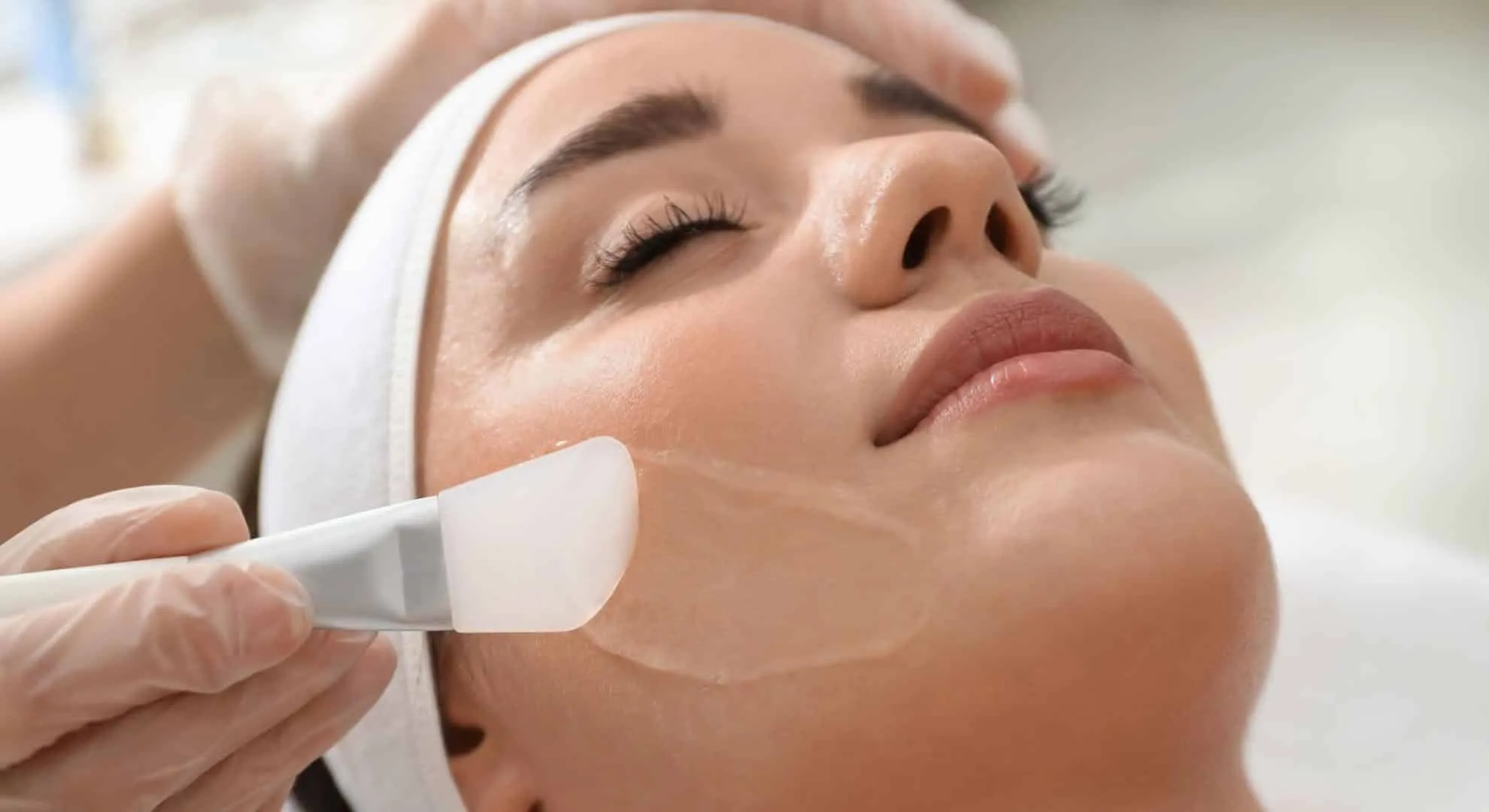
Understanding your skin’s needs is the key to crafting an effective skincare routine, and a fundamental distinction lies in deciphering whether your skin is dry or dehydrated. While these terms are often used interchangeably, they refer to distinct conditions with different underlying causes and remedies. This article aims to demystify the confusion surrounding dryness and dehydration, helping you identify the signals your skin is sending and guiding you towards tailored skincare solutions.
Differentiating Dryness and Dehydration:
Dry Skin:
Characteristics:
Dry skin is a skin type, often genetically predisposed, characterized by a lack of natural oils (sebum). It tends to feel tight, rough, and may be prone to flakiness or scaling.
Dry skin is often consistent, persisting regardless of external factors.
Causes:
Genetics play a significant role in determining dry skin, but environmental factors like harsh weather conditions and using drying skincare products can exacerbate dryness.
Remedies:
Choose hydrating cleansers and moisturizers with rich, emollient ingredients.
Incorporate oils into your skincare routine to replenish the skin’s natural lipid barrier.
Avoid hot water and harsh cleansers that can strip away natural oils.
Dehydrated Skin:
Characteristics:
Dehydration is a temporary condition where the skin lacks water.
It can affect all skin types, including oily or combination skin.
Dehydrated skin may feel tight, show fine lines, and appear dull or tired.
Causes:
Factors such as inadequate water intake, excessive caffeine or alcohol consumption, harsh skincare products, and environmental factors (like low humidity) contribute to dehydration.
Remedies:
Identifying the Signs:
Dry Skin Signs:
Dehydrated Skin Signs:
Tailoring Your Skincare Routine:
Dry Skin Routine:
Dehydrated Skin Routine:
Distinguishing between dryness and dehydration is essential for tailoring an effective skincare routine. By identifying the specific needs of your skin, you can choose products and habits that address the root causes, promoting a balanced and healthy complexion. Whether your skin requires nourishment for dryness or increased hydration for dehydration, a personalized approach will ensure you meet its unique demands, unveiling a radiant and revitalized glow.